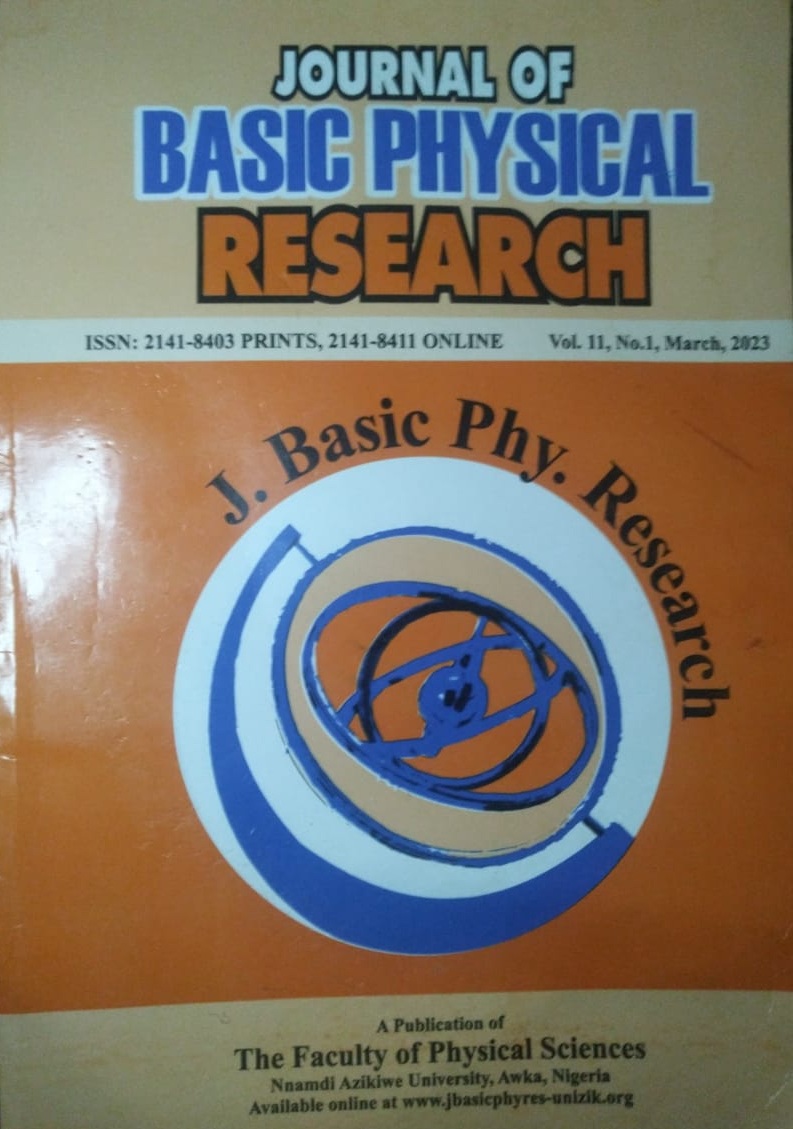STRUCTURAL ATTRIBUTES AND SEQUENCE OF ENTRY OF INDEX MINERALS IN THE ROCKS AROUND SHINTAKU AREA OF SOUTHEASTERN PART OF LOKOJA, NORTH-CENTRAL, NIGERIA
Keywords:
Foliations, Joints, Rose Diagrams, Thin section, AnatexisAbstract
This study delineates the structures (faults, folds, foliation trends, and joints) and index minerals on the schists, gneisses, migmatites and granites that are pervasive in the Shintaku area of the southeastern part of Lokoja, North-Central, Nigeria. Field descriptions of the rocks associated with the Basement Complex in the area under study revealed that the metamorphic rocks were deformed (foliated) in the NNE/SSW direction from the plot on the Rose diagrams. The trend on the same set of diagrams made from the joint sets showed that the major stress that impacted on the rocks occurred in the N/S direction while the minimum stress is in the E/W direction. The relationship between this structural trend and the Pan African orogeny is rather striking. The stresses caused by the Pan African orogenic events must have exceeded a critical value after the rocks had already undergone elastic behaviour making them susceptible to the deformations. The order of entry of the diagnostic minerals into the pelitic rocks also showed that metamorphism in the area ranges from greenschist to amphibolite facies. The prograde regional metamorphism is likely associated with the anatexis that formed the migmatites.


